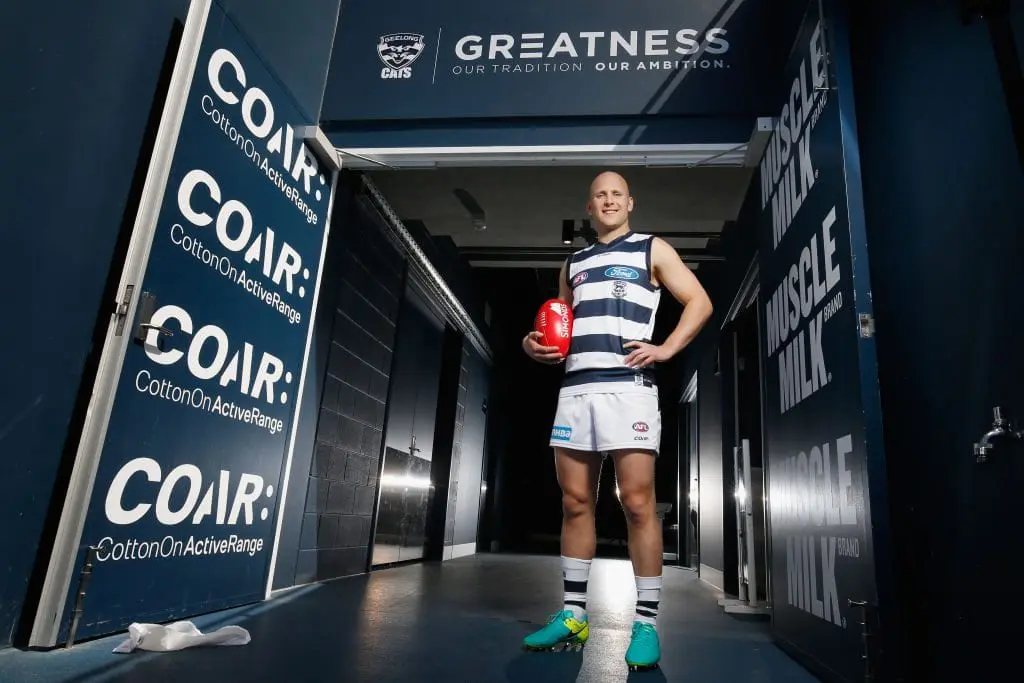The AFL National Draft has long been seen as a place of revival and hope for clubs that are struggling to compete with the sheer talent of other sides.
With such teams gaining better draft picks due to their poor performance, they have a much broader choice as to who they would like to welcome into their club.
In turn, with all the matches, talent scouts and game footage on show, it would seem as though clubs pick up the eventual best players quite easily.
However, as we know, this is not nearly the case.
With the right choices made by a club's recruitment team, lower draft picks can be formed into superstar talent.
With the draft now complete, we take a look at whether higher draft picks directly correlate with more games played.
In doing so, we check to see what the best value picks have historically been, uncovering an "unlucky" selection and a "bolter" pick number.
Most Successful Picks
After researching the average number of games each draft number has played over time, there is unsurprisingly a clear correlation between high draft picks and consistent players.
Standing at the top of the rankings in terms of games played, No.1 picks have played an average of 157 games, with Hawthorn champion Luke Hodge sitting above the rest with 346 games to go along with his decorated career.

Meanwhile, Picks 2 and 3 have appeared in an average of 138 and 135 games respectively, with Trent Cotchin and Shannon Grant headlining these two picks (287 games and 301 games respectively).
Other than the fact that these players are generally better, it is likely that such players are given games because of how they have performed before the draft rather than how they performed afterward.
For example, despite all the media criticism he faced for his below-par performances, Jack Watts, who was snagged as Pick 1 by the Demons in 2008, continued to be a regular part of their best 22 for years on end.
Outside of the top three picks, however, there are much fewer players who have played consistently.
The "Unlucky" Pick
Extraordinarily, the seemingly "unlucky" pick in the past is Pick 6, which has the 38th-highest average for games played out of any picks.
To put it lightly, the three most experienced players taken with the sixth pick include Jack Macrae, Chad Wingard and Gary Rohan.
In fact, up until 2009 when Gary Rohan was selected by the Swans, there had never been a Pick 6 who had played over 150 games.
Adelaide held Pick 6 in 2019, a selection that at the time was the earliest in their existence. They would go on to use that selection on Fischer McAsey, who managed 10 games in his debut season before going uncapped thereafter.
He would leave the Crows following a period of personal leave, stating he had lost the motivation to improve at the highest level.
Why exactly that is the case is likely mainly due to luck, however, it could also be because unlike the pressure of the first five picks, it allows teams to go for the best potential prospect with the greatest ceiling rather than the best player with a much higher floor.
The "Bolter" Picks
On the other side of the spectrum, Pick 40 has been the one pick that has created the most Brownlow Medallists out of any other.
In fact, one could quite easily make the case that this late second-round pick (or early third-round pick) has created the best talent out of any other pick.
Whilst legend Gary Ablett stands head and shoulders above the rest, superstars Matthew Lappin, Michael O'Loughlin, Jobe Watson, Josh P. Kennedy, Luke Parker and Tom Stewart have all come from Pick 40.
Could this mean that Murray Bushrangers product Caleb Mitchell will be a Swans legend? Well, history would tell us that it's a one in five chance of happening.

Despite not being in the same stratosphere as Pick 40, Pick 37 is the only other bolter pick that stands out.
With the average games for a Pick 37 standing at 88 games, it has seen the likes of Adam Kingsley, Leigh Montagna, Mark LeCras, Todd Goldstein and Scott Thompson; all of whom won best and fairest awards at their respective clubs, selected.
It should also be noted that Picks 105, 119, 106 and 124 all made the top ten in terms of average games played.
However, this isn't so surprising as there were very few players that were picked so late in the draft, dragging averages up.
All in all, it is fascinating what sort of data 40 years of drafting can produce.
Whether these trends will hold up in due course is yet to be seen but it remains unlikely.
Despite the amount of so-called "busts" taken with the top three picks in the draft, it is no doubt that earlier draft picks tend to play more games.
























